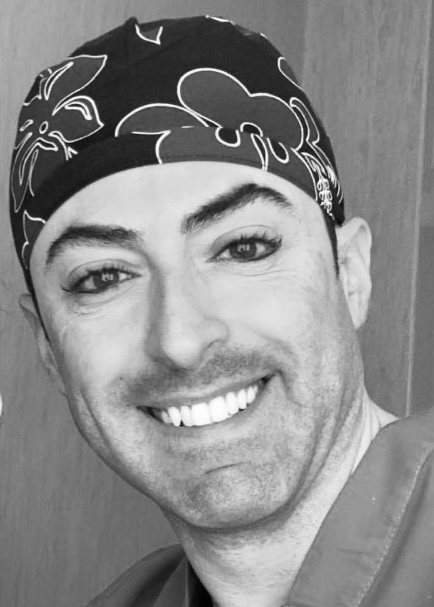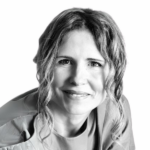Medical doctors and Surgeons
Mommy makeover: the body transformation
«Mommy makeover allows to have an harmonic view of the patient’s body». This is how Agostino Bruno, reconstructive and aesthetic plastic surgeon, describes the surgery that reduces the imperfections derived from pregnancies and breast feeding.
The beginning of the change: the surgery of mommy makeover

«Mommy makeover is a surgery aimed at improving both aesthetically and funcionally the areas of the body that have negatively suffered from a pregnancy» explains the surgeon. This surgery, that can last up to six or seven hours, affects three macro areas: the back, the mammoplasty and the abdominal surgery.
On the first case the intervention is on the sides, the external thigh and the glutes reshape. On the second area we can do an additive mammoplasty or a mastopexy eventually with prothesis. «It is possible on the cases in which the patient’s sinus goes down due to breast feeding» explains Bruno. At last, the abdominal surgery concerns an abdominoplasty that can be complete o mini. In this case the improvement is both functional and aesthetic – explains the surgeon – because issues like diastase, floppy wall (general laxity of the skin) and umbilical hernias can be corrected».
The disposal of new technologies allow mommy makeover to be a surgery less bloody and with a quicker recovery. «The surgery is beneficial because it requests just one anesthesia and rehabilitation although the several surgeries» precises the surgeon. This way the patient must deal with only one convalescence and this is a great benefit.
After the transformation
«The ideal candidate is a patient between 30 and 40 years old that doesn’t want more pregnancies» precises the surgeon. However, the surgery isn’t only addressed to who has brought forth, but also to ex bariatric patients and all those women who want to enhance their physical appearance.
There are no strict limits on the conditions required to perform the surgery. «What counts the most is the patient’s state of health» precises Bruno. Moreover, before and after the surgery, the patient is supported by a physiotherapist to permit a quick rehabilitation: «aimed at minimizing the postoperative edema».
It is also important to teach the patient how to move, breathe and cough in order to not undermine the surgery results. «After the intervention, especially of the diastase correction and the floppy wall, it shows a change in the respiratory pattern» explains the surgeon.
Along with the rehabilitation, it is important to wear compressive clothes after surgery. «It is absolutely fundamental the use of sheaths during the post-op» precises the surgeon. The compression is indeed useful to circumscribe and minimize the post-op edema.
«The post-op clothes play a fundamental role to go quickly back to everyday life» concludes Bruno.




































